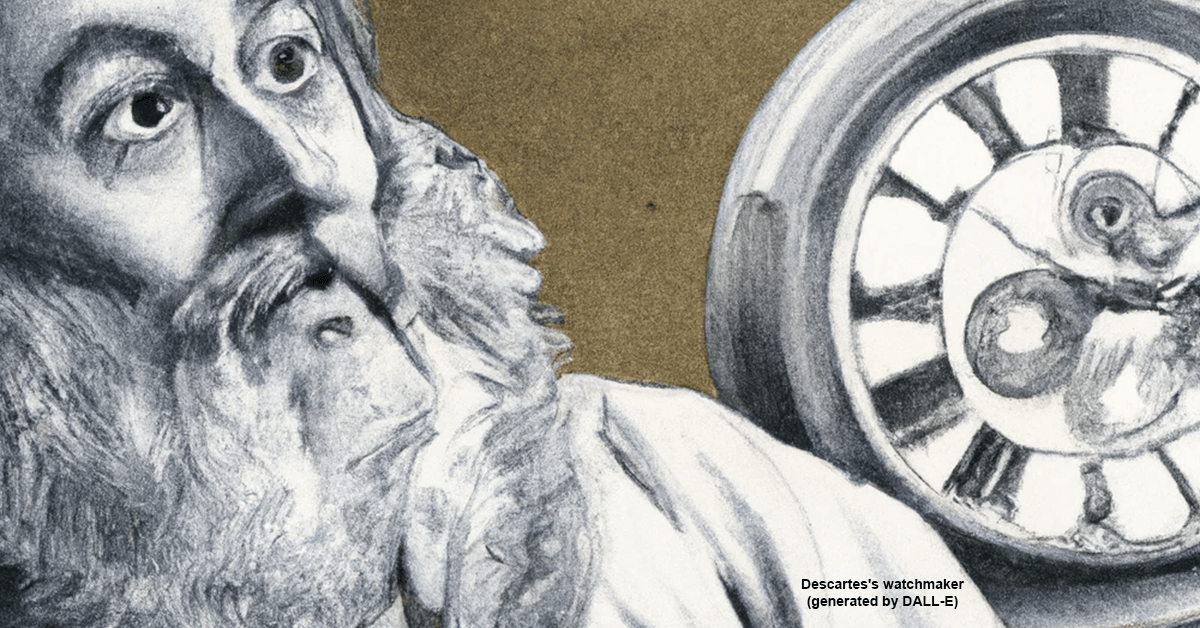May 1, 2023
Those who “believe” they have the answers to present urgencies are terribly dangerous.
—Donna Haraway
When we try to solve problems, when we see ourselves as change-makers, and when we endeavor to save the world, we play the role of a tinkering celestial watchmaker who holds the universe in their hands. Rather than believe we take action to set in motion changes that will make the world a better place, create action plans, and meet objectives, we would be wise to appreciate that there are some challenges: we are entangled in our worlds, inseparable from these very worlds, and unable to create linear and sequential chain reactions of events. We can, however, leave our marks in noticed and unnoticed places, opening up spaces for emergence and response-ability.[1]See Donna Haraway
It is little surprise we experience the opposite: a separation from ourselves, each other, and the natural world, given that we so often see the world as made up of things. We see things everywhere. You are reading this article on a thing. In the morning, you drink your coffee (a thing) out of a thing (a mug). Late for an appointment, you…
Footnotes
| ↑1 | See Donna Haraway |
|---|


